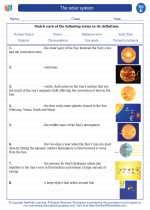Plate Tectonics
Plate tectonics is the theory that the Earth's outer shell is divided into several large, rigid plates that move over the Earth's surface relative to each other. These plates interact at their boundaries, leading to the formation of various geological features.
Types of Plate Boundaries
- Divergent boundaries: Where plates move apart, leading to the formation of new crust, such as mid-ocean ridges.
- Convergent boundaries: Where plates move towards each other, leading to the formation of mountains, trenches, and volcanic activity.
- Transform boundaries: Where plates slide past each other, leading to earthquakes along faults.
Volcanoes and Earthquakes
Volcanoes and earthquakes are often associated with tectonic activity. Volcanic activity is the result of magma rising to the surface through the Earth's crust, while earthquakes occur due to the release of energy along faults in the Earth's crust.
Landform Formation
Tectonic processes also play a significant role in the formation of various landforms, such as mountains, valleys, and rifts. The collision of tectonic plates can uplift and deform the Earth's crust, leading to the creation of mountain ranges.
Rock Cycle
Tectonic activity is closely linked to the rock cycle, which involves the formation, breakdown, and reformation of rocks. Through processes like subduction and mountain-building, tectonics influences the transformation of rocks from one type to another over geological time scales.
[Tectonics] Related Worksheets and Study Guides:
.◂Science Worksheets and Study Guides Fifth Grade. The solar system

 Worksheet/Answer key
Worksheet/Answer key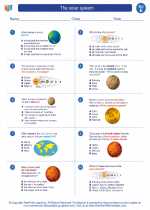
 Worksheet/Answer key
Worksheet/Answer key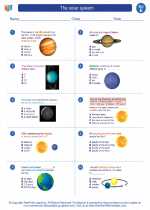
 Worksheet/Answer key
Worksheet/Answer key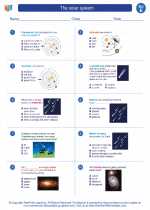
 Vocabulary/Answer key
Vocabulary/Answer key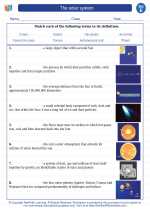
 Vocabulary/Answer key
Vocabulary/Answer key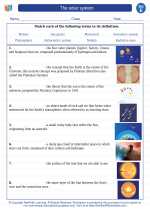
 Vocabulary/Answer key
Vocabulary/Answer key